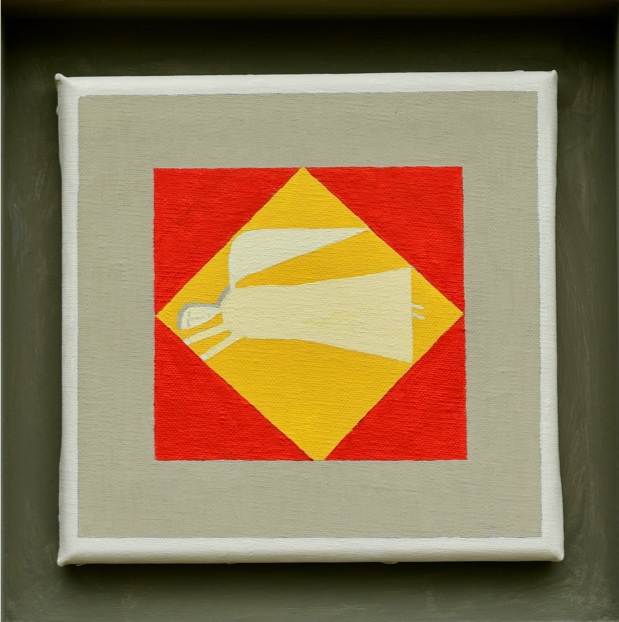Abstract
Imagining the universe from the perspective of providence, the size and complexity of Hugh of Saint-Victor's pictura of Noah's Ark, described in De Pictura Arche (c. 1125–31), has long confused scholars. Many have suggested the text describes a now-lost, real, physical painting; for others it reads as an exclusively verbal picture, an ekphrasis, in the tradition of monastic memory practice. Proponents of the former interpretation argue the density of description defies memory and imagination. But, this paper argues, the pressure the pictura exerts on memory and imagination, as an ekphrasis, might also be seen as central to its rhetorical-spiritual efficacy. In his longer works on the Ark, De Arche Noe Morali and De Vanitate Mundi, Hugh envisages ascent in Augustinian terms, as a stretching of the soul's (or memory's) attention to hold passing times 'as present,' that simulates God's 'eternal present.' Hugh intends, I propose, in keeping with Augustine's distentio animi, that we achieve the pictura's eternal view in the distension of our awareness, our struggle to hold as pictorially 'present' what is described in the time of narrative. As a reworking of the classical, simultaneous 'view from above' along Augustinian lines – as an inner labour, and time-bound exercise – the pictura may also be situated in a new historical-intellectual context: not just as an astonishing example of monastic map-making or mnemotechnical practice, but as part of a later-medieval shift towards thinking about ascent as a coming to terms with time, and eternity as discoverable in the here and now, in the 'limits of the present.'

This work is licensed under a Creative Commons Attribution-ShareAlike 4.0 International License.
Copyright (c) 2023 Anya Burgon

